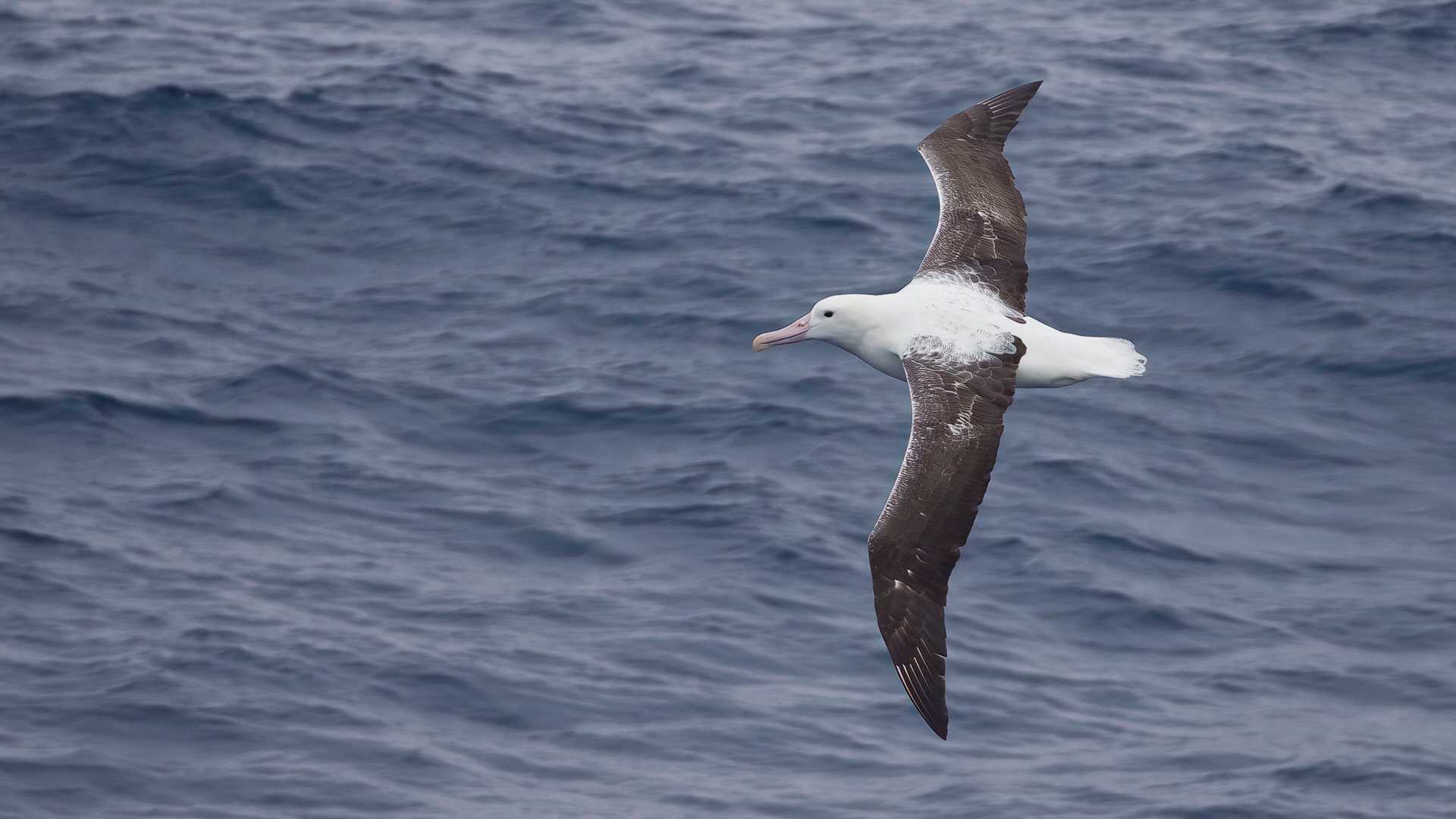Today we enjoyed our first full day aboard National Geographic Explorer, the magnificent vessel that will be our home away from home during the upcoming days as we explore the White Continent. After sailing through the Beagle Channel from Ushuaia during the first half of the night, we abandoned the protection of land shortly after midnight and entered the open waters of the Drake Passage. Separating the southernmost tip of South America and the Antarctic Peninsula, the Drake is famous for acting as a bottleneck for the Southern Ocean. Stories of stormy weather with strong winds and big swells are legendary among sailors and mariners from all around the world. Before the construction of the Panama Canal, going into the Drake around Cape Horn was the only option for those who wanted to reach the Pacific Ocean from the Atlantic. During the bygone days of the nitrate trade in Chile and Peru or the California Gold Rush, many boats met their end in the Drake Passage. But our modern National Geographic Explorer is a superb expedition vessel that is well-equipped with stabilizers and all kinds of other gear for safe navigation. The weather cooperated, and even though we had some swells throughout the day, we enjoyed a very comfortable ride. We had a couple lectures in the lounge.
The Drake is also home to some of the most spectacular birds on the planet: albatrosses. Absolute masters at gliding, albatrosses travel incredibly long distances. They follow the smells produced by plankton blooms, which attract fish, squid, and other creatures. During their journeys in the open ocean, they can literally travel entire ocean basins. Parents with a chick waiting in the nest in the Falkland Islands may go all the way to Australia looking for food! Today, we had the privilege and pleasure of watching albatrosses belonging to three different species. In fact, the first thing I saw when I came out on the back deck at 5:00 a.m. (did I mention that I love albatrosses?) was a magnificent royal albatross, the second largest of all albatrosses. Royal albatrosses have a wingspan of 11 feet. The closely related wandering albatross is the only albatross with longer wings, and we marveled at the sight as several flew by the ship occasionally. Throughout the day, we were entertained by a couple gray-headed albatrosses, numerous black-browed albatrosses, blue petrels, Antarctic prions, and northern giant petrels. We even spotted a few rockhopper penguins and some hourglass dolphins. All these sightings made for an awesome first day of our expedition exploring Antarctica.







